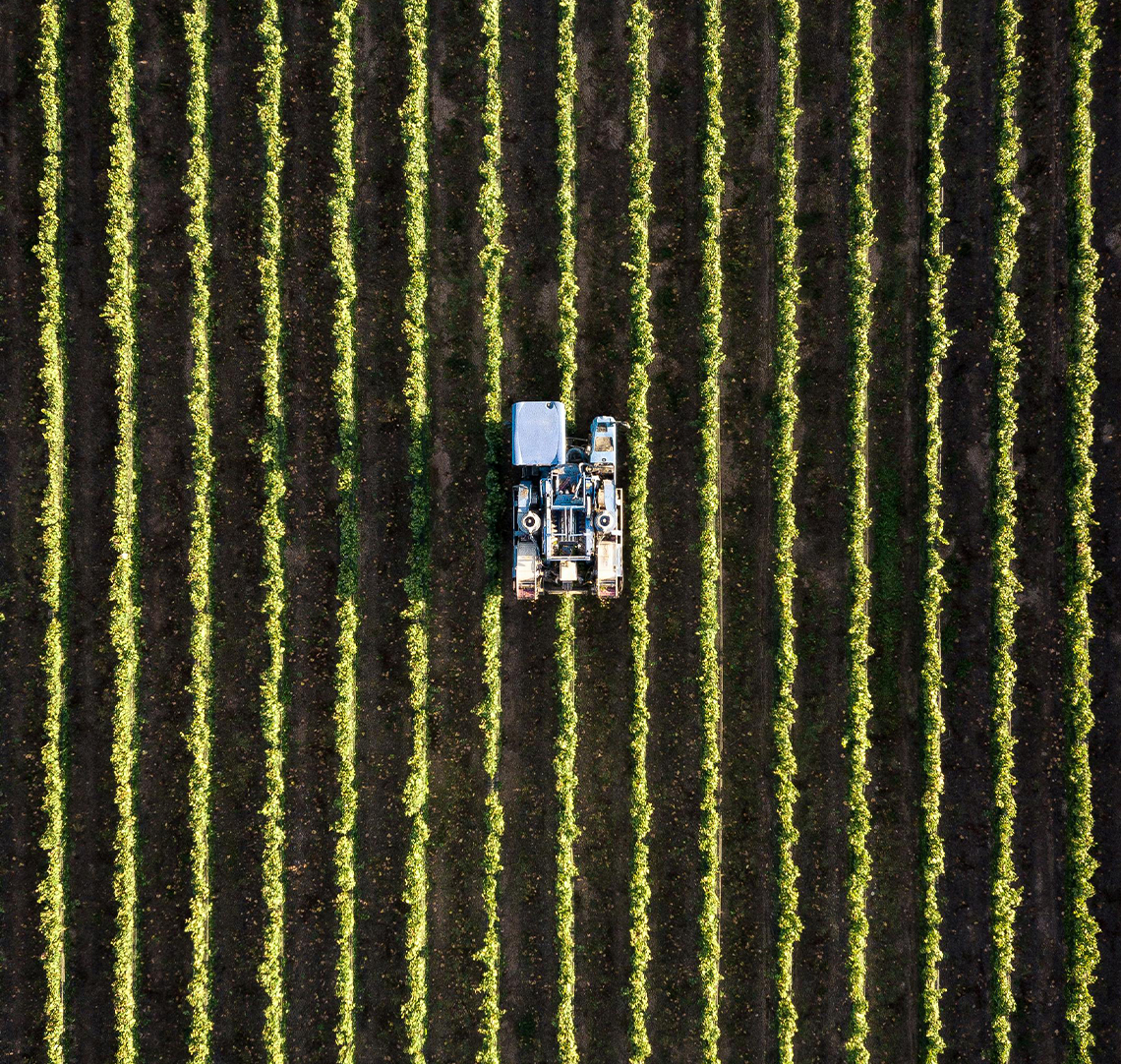
13th August 2024
By gloversure
3 mins read
Agriculture Website Content Strategy: Engaging Farmers & Consumers

Maximising Impact and Reach Through Tailored Digital Communication
If you’re in the agriculture sector, you understand that a well-crafted content strategy for agriculture websites is crucial for a successful online presence. While the phrase "content is king" is widely acknowledged, its true potential remains largely underutilised in agriculture. With only 78% of agricultural marketers using content compared to 91% in the broader B2B sector, there’s a significant opportunity for those willing to capitalise on it. Why is this important? Because farmers represent less than 2% of the UK population, making them a niche audience that can greatly benefit from targeted and impactful content.
For expert advice on building an effective digital presence, explore our Agriculture Web Design services, tailored to meet the unique needs of the agricultural industry.

Understand Your Audience: Farmers and Consumers
To create an effective content strategy for agriculture websites, you must first understand your audience. Farmers and consumers have distinct needs and interests, and your content strategy should cater to both.
• Farmers are practical and data-driven, seeking actionable insights that can help them improve their practices. Content such as soil management tips, farming innovations, and technology updates are valuable to this group.
• Consumers are interested in the story behind their food and the transparency of farming practices. They value content that highlights sustainable practices and the journey from farm to table.

Align Content with the Marketing Funnel
Tailoring your content to different stages of the marketing funnel ensures it serves a specific purpose:
• Top of the Funnel (TOFU): At this stage, your audience is recognising a problem or opportunity. Use blog posts, articles, and social media infographics to address common questions and industry trends.
• Middle of the Funnel (MOFU): Your audience is now evaluating their options. Provide case studies, success stories, videos, and downloadable resources to offer deeper insights and comparisons.
• Bottom of the Funnel (BOFU): Your audience is ready to make a decision. Use buyer’s guides and product demos as well as strong calls-to-action to guide them towards making a purchase or commitment.

Create Valuable and Relevant Content
Creating a successful content strategy for agriculture websites depends on relevance as well as value:
• Educational Resources: Provide guides, how-tos, and industry insights tailored to farmers' needs for actionable information.
• Behind-the-Scenes Stories: Share transparency and sustainability efforts that resonate with consumers and build trust.
• Interactive Content: Engage users with quizzes, calculators, and surveys to offer personalised experiences and gather feedback.

Optimise for Search Engines
Without doubt, SEO is crucial for reaching your target audience. Incorporate relevant keywords throughout your content, optimise headings, meta descriptions, and images for better visibility, and ensure mobile optimisation for a significantly smoother user experience across devices.

Use a Variety of Content Formats
Given the diverse backgrounds and preferences within the agriculture audience, diversify your content formats:
• Blog Posts and Articles
• Videos and Podcasts
• Social Media Graphics and Posts
• Downloadable Resources
• Quizzes and Interactive Tools
• Case Studies and Success Stories
Examples Include:
Educational Blog Posts: "How to Improve Your Soil Health" by AHDB provides practical advice on soil management.
How-to Videos: "How can I tell if my houseplant's healthy?" by the Royal Horticultural Society offers useful gardening tips.
Webinars and Online Workshops: "Agricultural Webinars and Online Events" by Farmers Weekly covers a range of agricultural topics.

Evaluate Performance and Adjust
Monitor key performance indicators (KPIs) such as user engagement, page views, downloads, and conversion rates. Additionally, regularly review your metrics to identify what’s working and where adjustments are needed. If certain content isn’t performing well, consider tweaking your approach or experimenting with different CTAs.

Wrapping Up
Developing a compelling content strategy for agricultural websites involves more than just creating content—it’s about building a meaningful connection with your audience. By aligning your content with the marketing funnel, understanding your audience’s needs, optimizing for search engines, and using a variety of formats, you can significantly enhance engagement, build trust, and position your organisation as an industry leader.


